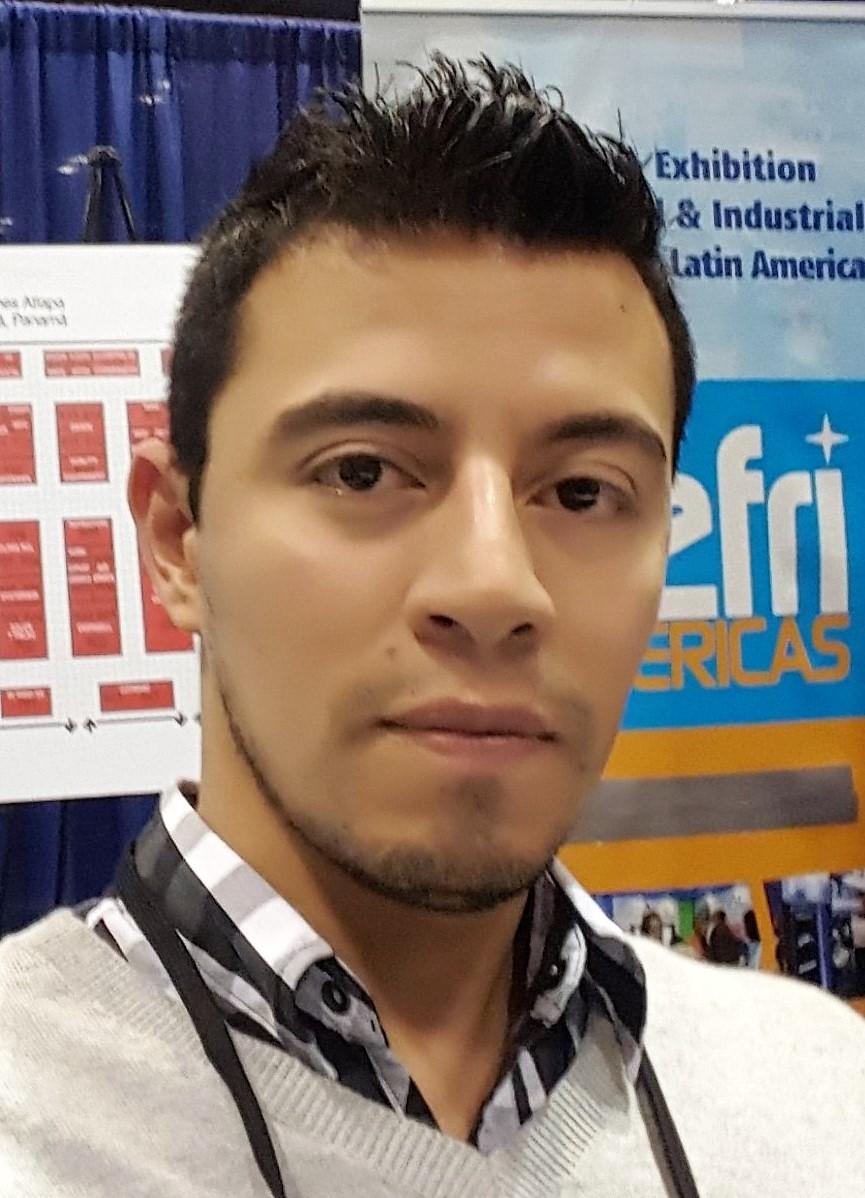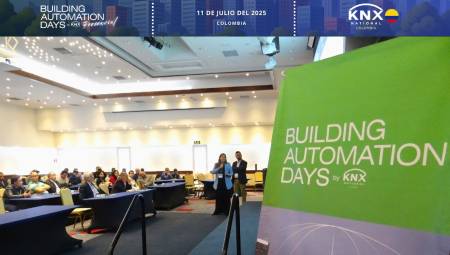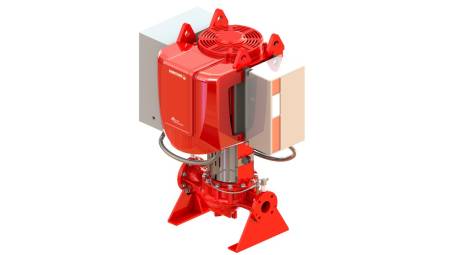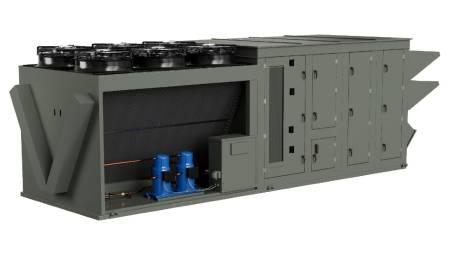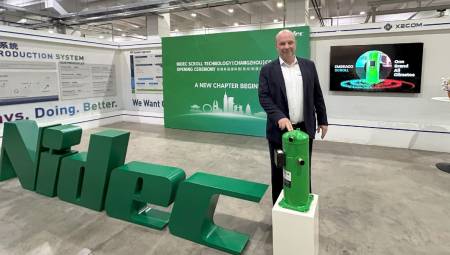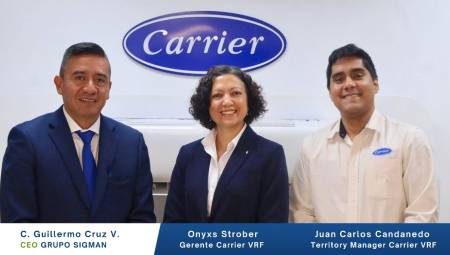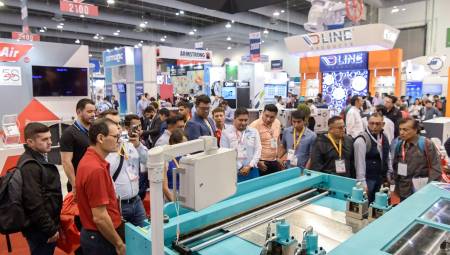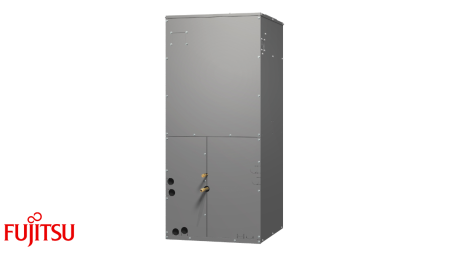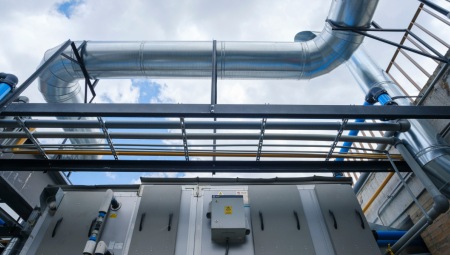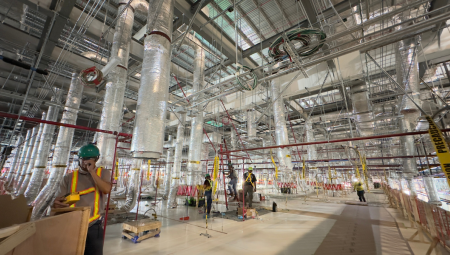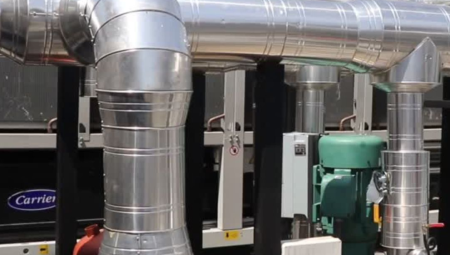The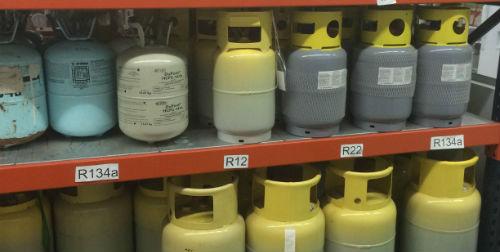 passage of the generation of refrigerant fluids has details that are worth mentioning and that are highlighted in the following article.
passage of the generation of refrigerant fluids has details that are worth mentioning and that are highlighted in the following article.
by Ernesto Sanguinetti Remusgo*
Cooling systems by vapor compression, by steam absorption, by adsorption, by ejection, by air cycle and vortex system need a working substance or cooling fluid or simply, as we will call later, a refrigerant.
Of all these systems, the one that is most used worldwide is the vapor compression cooling system. It is the system with which all of us who are dedicated to refrigeration and air conditioning are most familiar.
The refrigerants that are used to carry out the different processes that make up the thermodynamic cycle that is fulfilled in a refrigeration equipment have been changing and evolving over time due to the circumstances that we are going to mention.
First generation
The first generation of refrigerants are those that allowed man to start producing the "artificial cold" using mainly the steam compression cooling system. It can be said that they used "any substance that served that purpose", being within them in order of appearance:
- Ethyl Chloride or Ethane Monochlor ( C2 H5 CL ) or (R-160), year 1,717
- Ethyl ether ( C4 H10 O ), year 1,856
- Methyl Ether or Dimethyl Ether ( C2 H6 O ), year 1,864
- Sulfurous Anhydride or Sulfur Dioxide (S O2) or (R-764), year 1,874
- Ammonia ( N H3 ) or (R-717), year 1,876
- Methyl Chloride or Chlorine Methane ( C H3 CL ) or (R-40), year 1,877
- Carbon dioxide or Carbon Dioxide (CO2) or (R-744), year 1,878
The ASHRAE (American Society of Heating, Refrigerating and Airconditioning Engineers) subsequently established very clear and precise rules to identify refrigerants worldwide and as a reference we will say that it established that inorganic refrigerants must have the nomenclature: R-7xx, being xx its molecular weight. Even air (R-729) and water (R-718) are identified as refrigerants with that nomenclature. We show in the above list for some refrigerants of the first generation with ASHRAE nomenclature.
They were discontinued because they are toxic and flammable, but of all of them despite the time and their drawbacks, ammonia and carbon dioxide are used and will continue to be used.
Second generation
The second generation of refrigerants appears as a result of the fact that many scientists, with the support of large laboratories, carried out research to obtain new "Safe" refrigerants that are not toxic or flammable. By altering the molecular structure of hydrocarbons, by replacing the hydrogen atoms with chlorine and fluorine atoms, they managed to obtain many "friendly" refrigerants that were called Carbon Fluorine Chlorine (CFCs) and Carbonated Fluorine Hydrochlor (HCFC) where the most outstanding were the following:
- Diclodifuoro Methane (R-12) , year 1,930
- Trichloromonofluoro Methane (R-11), year 1,932
- Monochlorodifluoro Methane (R-22) , year 1,935
- Mixture of 48.8% R-22 and 51.2% R-115 (R-502), year 1,963.
AsHRAE established another numerical nomenclature, which is the one shown in parentheses, to identify these refrigerants worldwide, based on the number of Chlorine, Fluorine and Hydrogen atoms of their molecules, whose rule of formation of that numbering will not be explained in detail in this article.
Of all that second generation, R-22 refrigerant and some mixtures with that refrigerant are still used, but only in developing countries, with the goal of decreasing its use year by year until it disappears in 2039.
Third generation
The third generation of refrigerants appears as a result of the search for fluids that replace the previous ones but do not have chlorine to "not cause damage to the terrestrial ozone layer". Pure substances were found but most are the result of mixtures, the most prominent being:
- Tetrafluoro Ethane (R-134a)
- Mixture of 23% R-32 + 25% R-125 + 52% R-134a (R-407C)
- Mixture of 44% R-125 + 52% R-143a + 4% R-134a (R-404A)
- Mixture of 50% R-125 + 50% R-143a (R-507)
- Mixture of 31.5% R-134a + 65.1% R-125 + 3.4% R-600a (R-422D)
- Mixture of 50% R-32 + 50% R-125 (R-410A)
ASHRAE established the following nomenclature to identify mixtures: R-4xx for Zeotropic mixtures or refrigerants (their components have different boiling and condensation points) and R-5xx for Azeotropic mixtures or refrigerants (their components have the same boiling point and condensation point behaving as pure substance); xx being the order of appearance of this type of refrigerants. Capital letters such as A, B, C, D, etc. are placed after the numbering to differentiate the percentage variation of the same components that a mixture may have.
When they are pure substances, a lowercase letter is used after numbering when there are isomers (the same refrigerant, the same composition but with the atoms of the molecule in another position). This is the case of R-134a. That search for a third generation of refrigerants had its origins in the following:
In the year 1,974 scientists Mario Molina (Mexico) and Sherwood Rowland (USA) launched their theory that refrigerants containing chlorine (CFCs and HCFCs) were destroying the ozone layer that surrounds the earth, when they escaped into the atmosphere. They explained that the chlorine atoms that make up the refrigerant molecule reached great heights (stratosphere) where ozone is concentrated, broke the ozone molecules (O3) producing their depletion, which consists of a chlorine atom impacting on the ozone molecule and giving off an oxygen atom, leaving an O2 molecule that is logically no longer O3. It is a "chain" reaction of destruction.
This damage is dangerous for life on earth because the ozone layer serves as a protective filter against " harmful " ultraviolet rays from the sun (those of short wavelength) not allowing them to pass and only allowing long wave rays to pass, so that they reach the Earth's surface. That kind of "good" ultraviolet radiation is what allows life on the planet; it is what causes the photosynthesis of the plant kingdom to take place.
Observations of the behavior of the ozone layer, from that year, led to the conclusion that the ozone layer was seriously threatened. This is why the United Nations General Assembly met on September 16, 1987, signing the Montreal Protocol (13 years after the alert). In 1994, the United Nations General Assembly established September 16 as the International Day for the Preservation of the Ozone Layer.
The thinning of the ozone layer caused an increase in cases of melanomas (cancer) of the skin, eye cataracts , suppression of the immune system in humans and other species. It also affected cultures sensitive to ultraviolet radiation.
To preserve the ozone layer, it was established to reduce to zero the use of CFCs and HCFCs (used in refrigeration and propellants), and soil fungicides (such as methyl bromide) that destroyed the ozone layer at a rate higher than CFCs .
Note: In the coming days you will find the second part of this article, which explains in detail the development of the fourth generation of refrigerants.
* Engineer Ernesto Sanguinetti, Engineering Division Manager of Cold Import S.A. – Lima – Peru.


